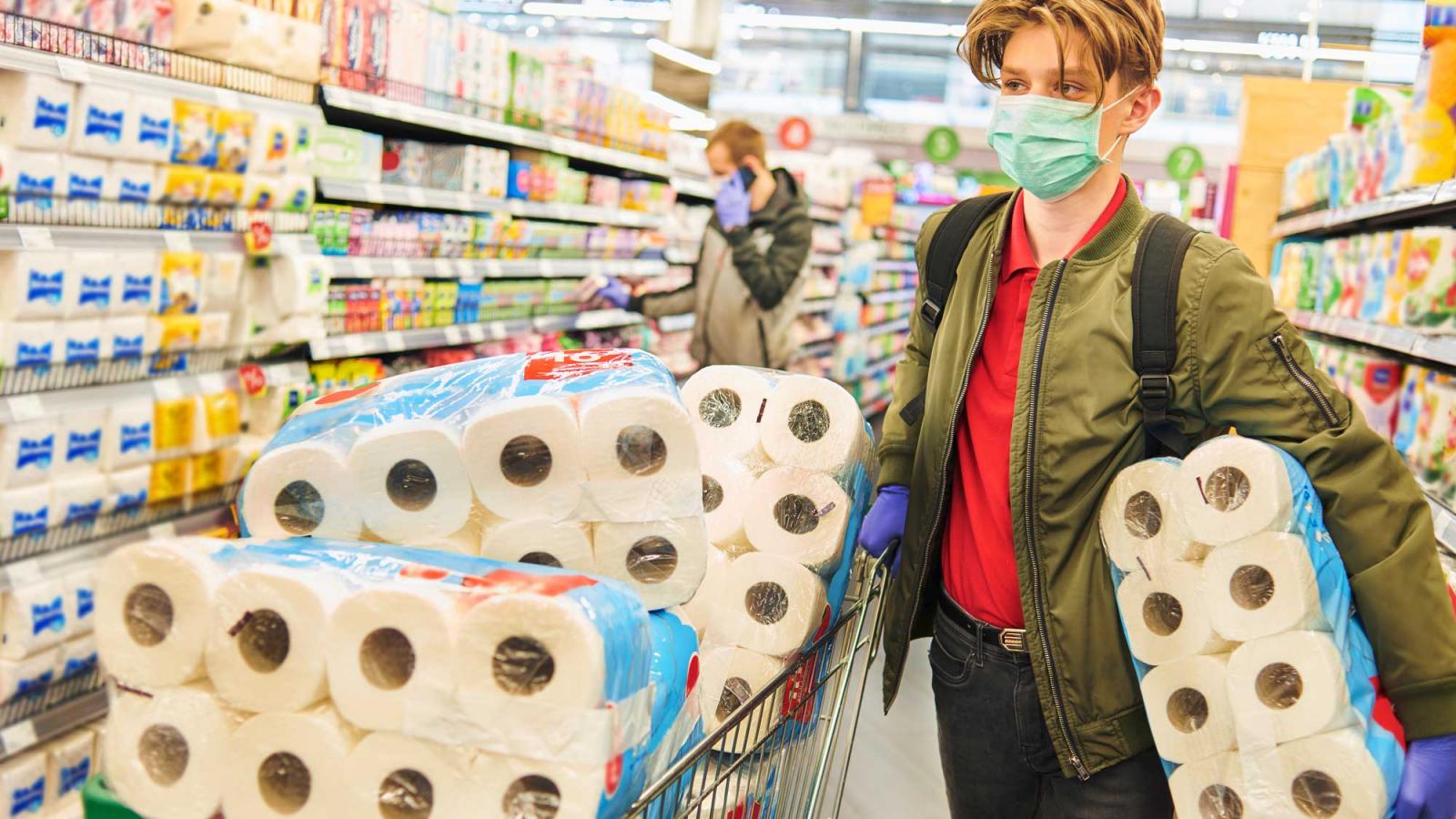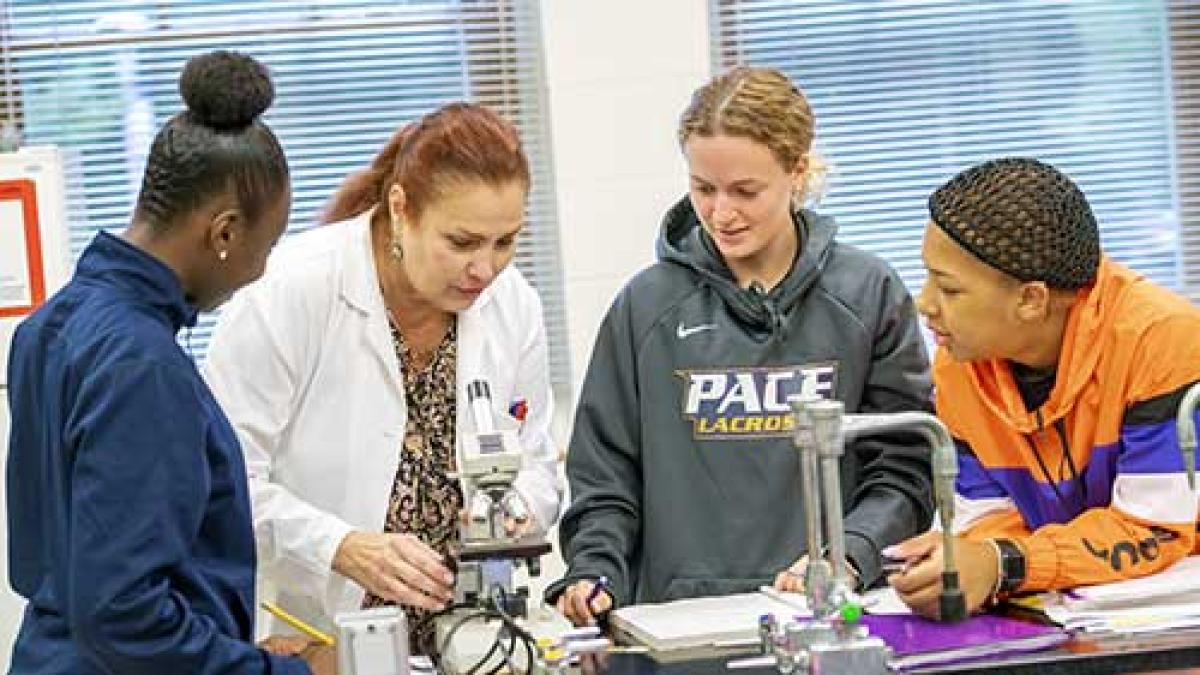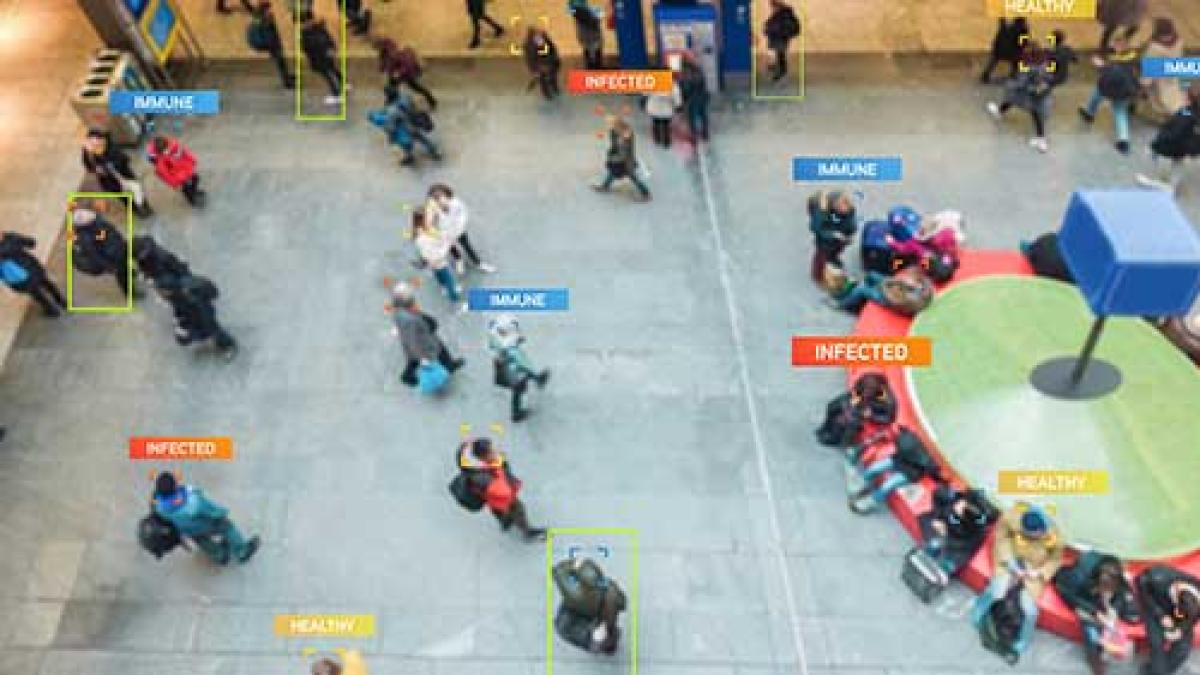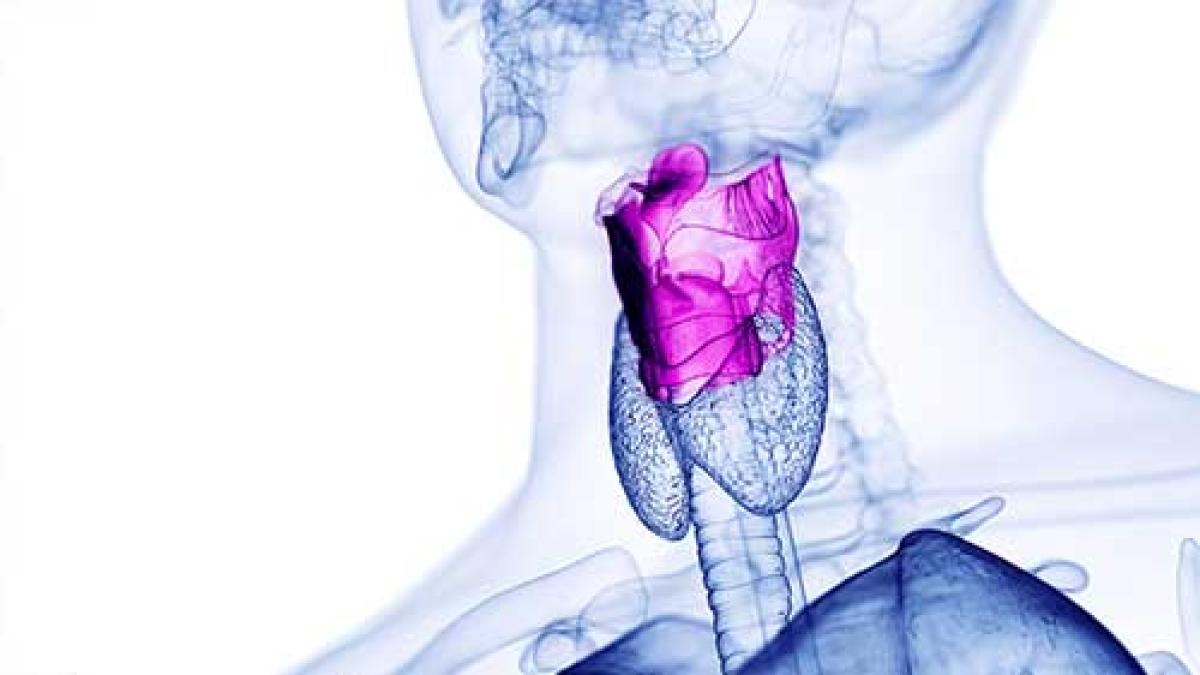Pace has spent the past several years taking undergraduate research to the next level. Read about how the newly formed Center for Undergraduate Research Experiences (CURE) is empowering Pace students to make impressive strides in student research.
Behavioral Economics, the Media, and COVID-19

View the full issue of Pace Magazine.
When her summer internship plans fell through as a result of COVID-19, Isabelle Labianco '22 was able to rebound quickly. She spent the next several months researching the intersection between behavioral economics and media messaging; particularly, how they combined in rather unique fashion during the early months of the pandemic.
When her summer internship plans fell through as a result of COVID-19, Isabelle Labianco '22 was able to rebound quickly. Instead of a summer in an office cubicle, Isabelle was accepted to the Provost’s Summer 2020 Student-Faculty Undergraduate Research award program, and spent the next several months researching the intersection between behavioral economics and media messaging; particularly, how they combined in a rather unique fashion during the early months of the pandemic.
“I was talking with my dad; we had the news on while we were chatting. I remember listening to what was going on in the news and seeing and remembering how people might use that information to make decisions,” said Isabelle. “I decided I wanted to look at how the news affected consumer behavior in the early months of the pandemic.”
Specifically, Isabelle looked at how the news media affected consumer behaviors at grocery stores. The results she found were quite interesting.
“What we found was that consumers who relied on the media as the main educational point throughout the pandemic were influenced in their consumer patterns at grocery stores,” said Isabelle. “For consumers who watched news outlets that were more left leaning, they demonstrated behaviors including stockpiling; mass purchasing of items at one time to sustain their need. On the other hand, we found more right leaning news consumers demonstrated the virus as less of a risk—we called that the 'status quo' bias.”
In addition to presenting at the National Conference of Undergraduate Research, Isabelle presented at the Eastern Economics Association Conference—an experience that both Isabelle and her faculty advisor, Dyson Economics Professor Joseph Morreale, PhD, highly valued.
“We have found over the years that it’s really important to have students do this kind of innovative research,” said Morreale. “In Isabelle’s case, she’s crossing two disciplines. Secondly, the experience going to a conference to deliver the paper gave her tremendous feedback—which she would not have necessarily gotten if she was just here. We’re hopeful that once it’s revised, we’ll try to get it published. We think it’s valuable enough to put forward.”
More from Pace Magazine
As the COVID-19 pandemic took hold of the world, the intersection between public health, safety, technological data, and the law became rather complicated. These questions prompted Joseph Peterson '22 to formulate a research topic titled “Who Has Your Health Data, What Are They Doing with it, and What Can You Do About it?: Legal and Technological Issues Related to Contact Tracing of COVID-19 Infections.”
When Christine Suddeth ’21 enrolled in the Pace School of Performing Arts as a musical theater student, she was in the midst of recovering from a voice injury—one that her voice teacher, PPA Professor Amanda Flynn, helped her recover from. Her injury and subsequent recovery led her down a path of research and investigation.


